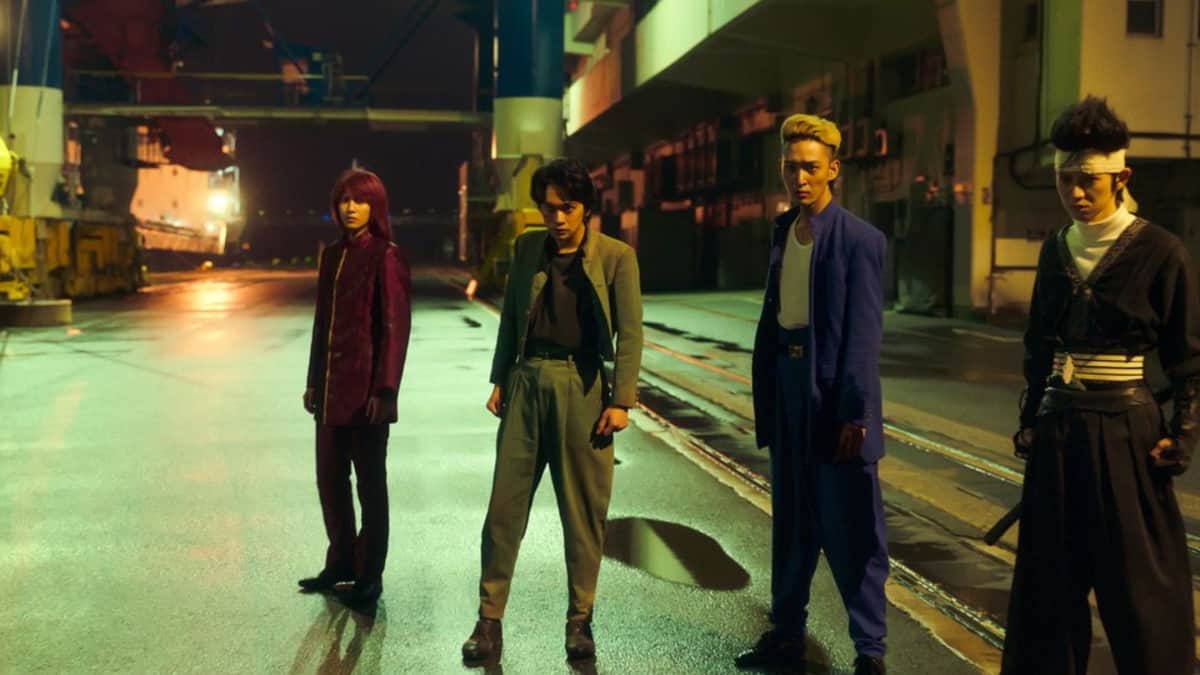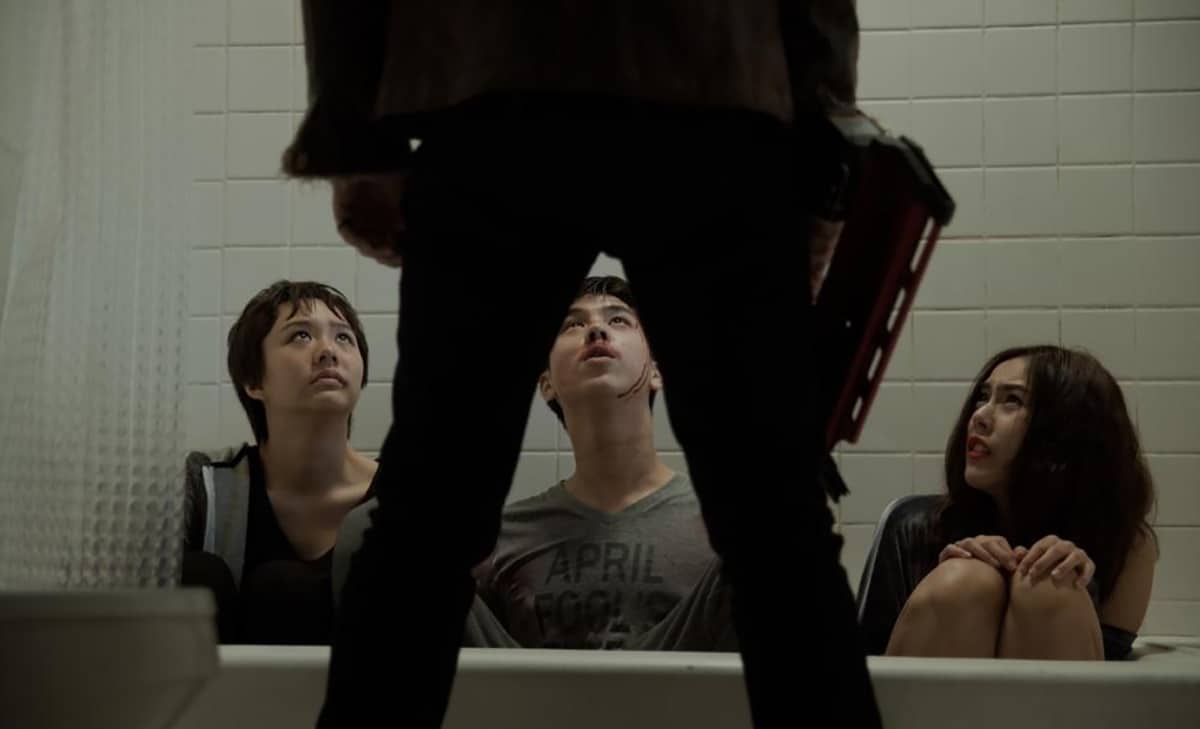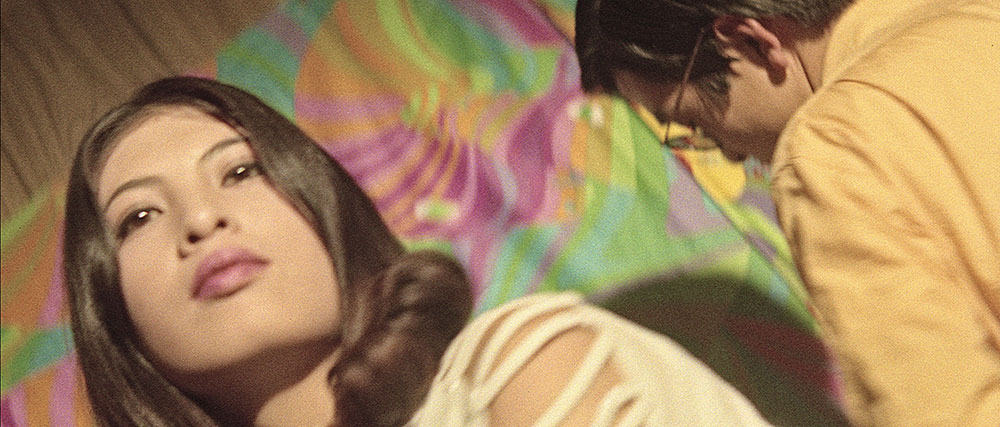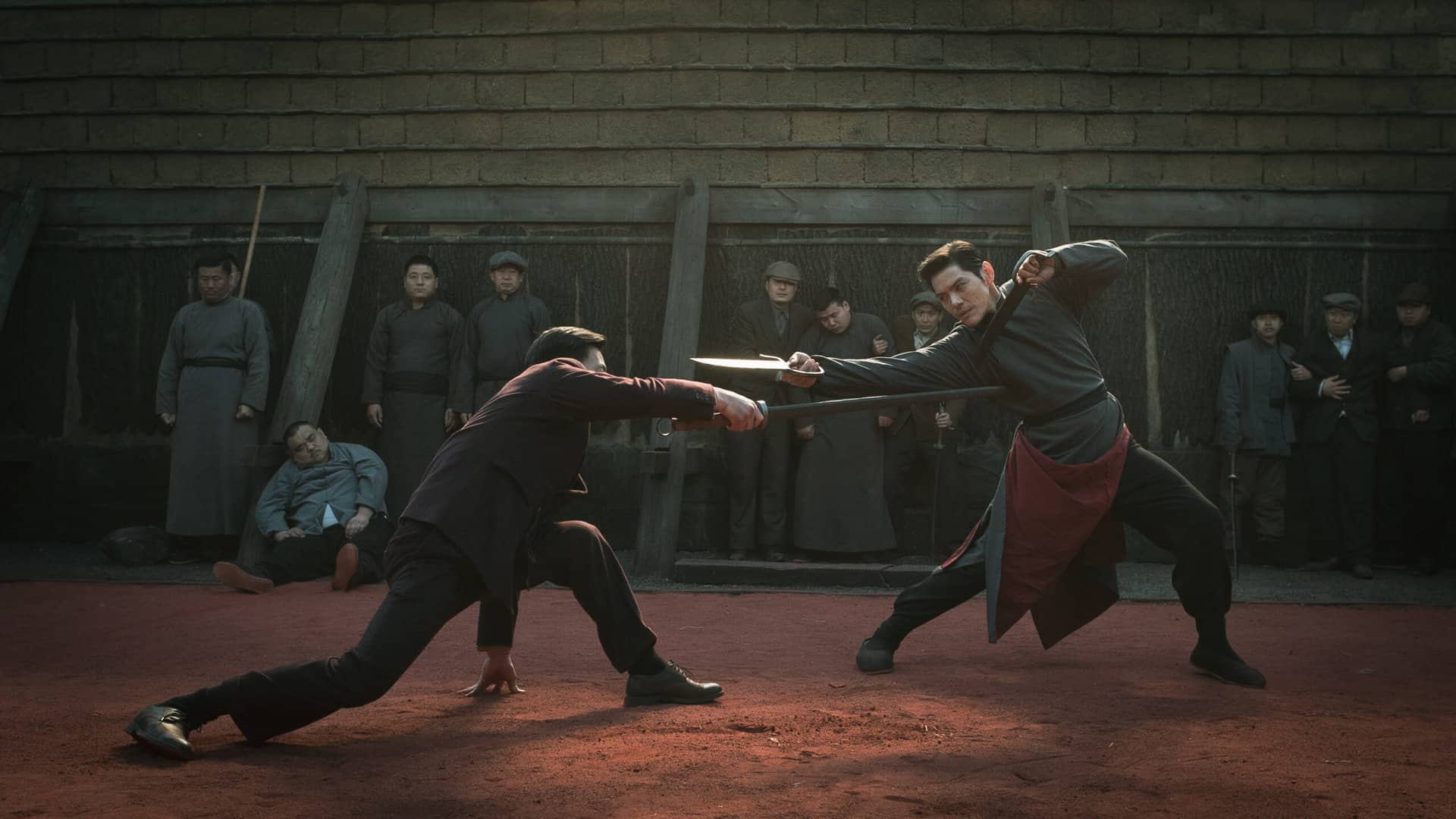Edmund Yeo was born in Singapore in 1984, and graduated from Waseda University. His short films “Kingyo” premiered at the Venice Film Festival 2009; “Inhalation” won the Sonje Award at the Busan International Film Festival in 2010. His debut feature “River of Exploding Durians” premiered in competition at the Tokyo International Film Festival 2014. In 2017, he returned to Tokyo with two films, “Yasmin-san” and “AQÉRAT” (We the Dead), with latter earning him the Best Director Award. “Malu” is his latest film.
On the occasion of “Malu” screening at Tokyo International Film Festival, we talk with him about the story that takes place in both Malaysia and Japan, the cinematography and the editing, working with Masatoshi Nagashe and Sherlyn Seo, and other topics.
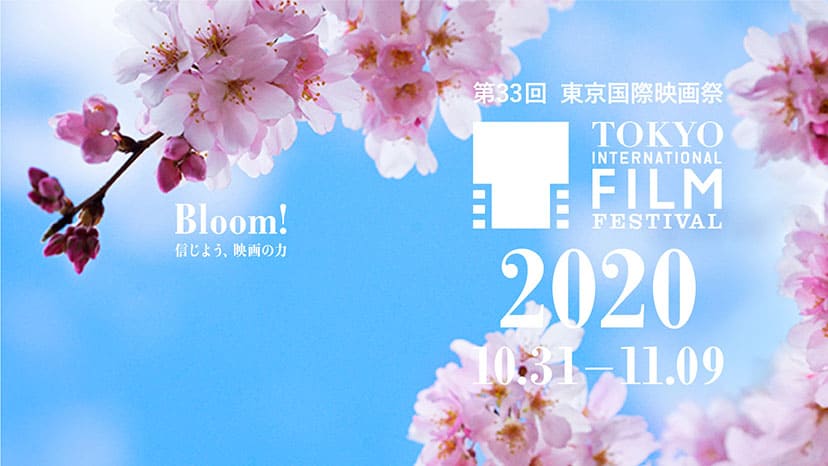
The story you present in “Malu” is very interesting. What was the inspiration behind it and why did you choose to have it unfold in both Malaysia and Japan?
The inspiration behind “Malu” came from many different sources. I was brainstorming ideas with May June, the producer and actress of the film, we discussed various personal memories we had, our relationship with our siblings, and I also thought a lot about the book ‘Grotesque' by Natsuo Kirino, an immensely sad tale of estranged siblings.
I decided for the film to happen in both Malaysia and Japan, because these are both countries I spend lots of time in. Both are my home, but are also vastly different. I wanted to use them to illustrate the emotional landscape of my characters with this contrast, I guess.
What would you say is the main motif of the film?
In this film I was mostly exploring how the actions of the previous generation can linger upon the next. And how, no matter how much we reject our roots, there will always be a part of them in all of us. It's a contradiction I'm often curious about. Our current actions and behaviours, are we a shadow of our parents?
The camera lense frequently focuses on the hands of the women. Is that some sort of fetish, like Tarantino has with feet or something completely different?
I blame Kong for this. I'm kidding. Intuitively, I've always used extreme closeups (on faces, or hands) as a way to emphasize on barely suppressed emotions.

In general, how was your cooperation with Kong Pahurac and what was your aim on the visual aspect of the movie?
Kong Pahurak and I have a long creative collaboration, since we both met while studying in Tokyo. He has a very precise and clean style of cinematography, and his collaborations with some of the great Thai filmmakers like Pimpaka Towira and Aditya Assarat have caused his style to constantly grow and evolve over the years.
For “Malu”, I wanted a pleasant aesthetic that is a contrast of the storming emotions brewing underneath the characters. I work closely with Kong to design the visual language of the film, discussing and debating the blocking of the characters, the mise-en-scene etc.
Why did you choose to have a non-linear narrative, and how difficult was it to implement in a way that does not become so confusing? What was your procedure regarding the editing?
I have to thank my editor Tina Baz for this. The initial structure of the script and the final film are quite different. She helped untangle some of the threads and scene orders that would potential confuse viewers, while infusing the scenes and shots with some sort of rhythm and musicality. I used to always edit my own films alone, but sitting with Tina and watching her work allowed me to learn quite a lot.
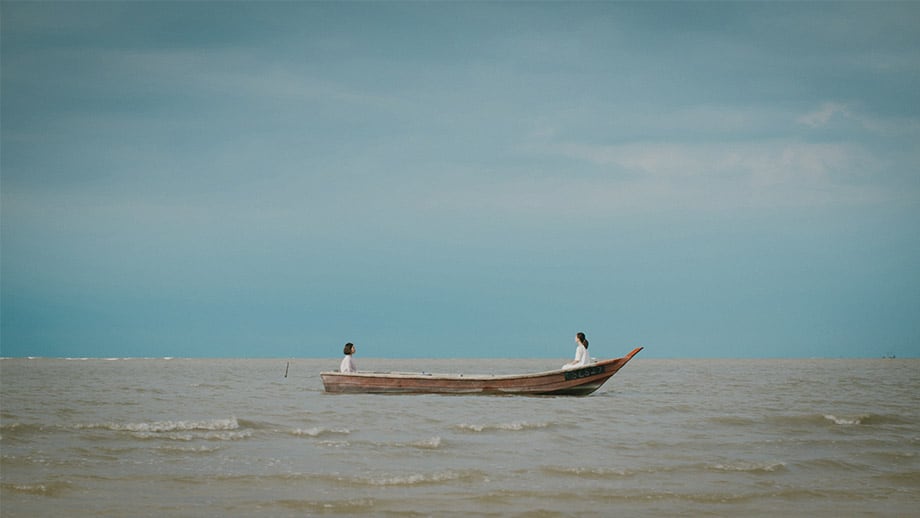
The overall aesthetics seem to have been influenced by Naomi Kawase's style. Was that a thing you did consciously, and if yes, why?
Maybe because Tina is Naomi Kawase's regular editor, so perhaps that is what reminded you of the aesthetics in Naomi Kawase's films.
What was the casting process like for the film? What are the main differences between casting Japanese actors and Malay ones? How was your cooperation with Masatoshi Nagase and how with Sherlyn Seo?
I auditioned quite extensively for the role of Lan. Sherlyn, coincidentally, was an actress I had met many years earlier when I was auditioning for my feature debut, “River of Exploding Durians“. Sherlyn left an impression back then; however, I thought she was too young for the role so I didn't pick her. A few years later, when I was doing auditions for “Malu”, I found that Sherlyn was the right one to embody the character of Lan. She had done some TV dramas and supporting roles in films, but she has a very unforced, naturalistic style, that I liked.
As for Masatoshi Nagase, he's one of the finest and most versatile actors in international cinema, working with him was really fun because he thinks like a filmmaker, and is first and foremost a storyteller. So before each scene, we would discuss the motivation and emotional state of his character, my intention for the scene, testing different variations, finding the right tone to speak out his lines. In a way it's sort of like improvisational jazz.
Are you working on any new projects, and how difficult do you think film production will be from now on, considering the limitations of the pandemic?
I just finished an audition by Zoom for my next film. We are all affected by the pandemic, but we just have to stay creative.




